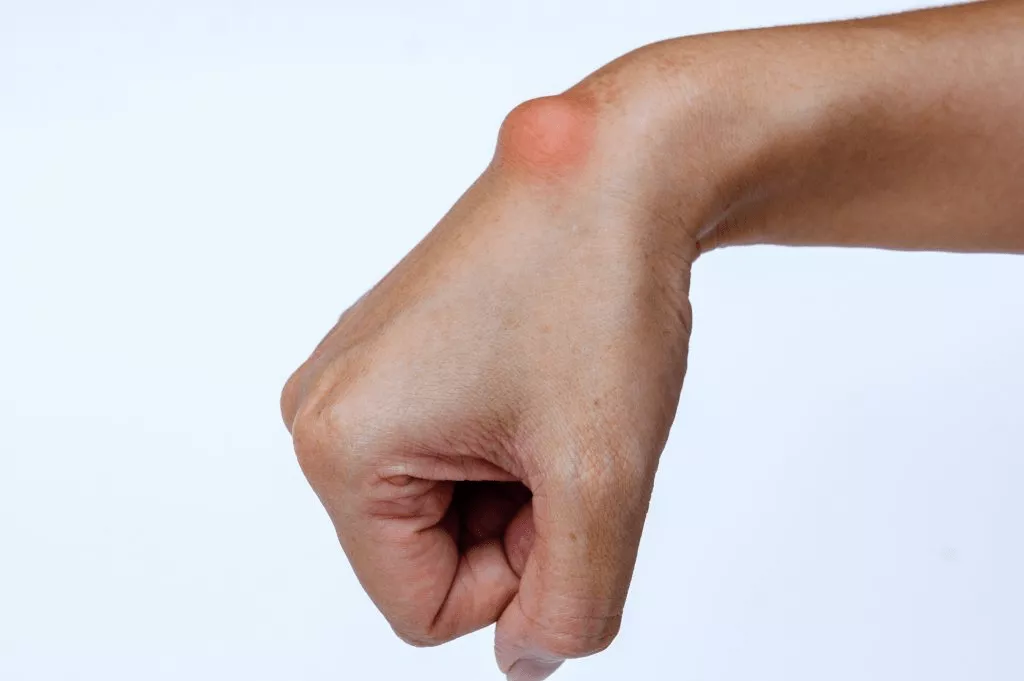Ganglions
What is a Ganglion?
A Ganglion is a cyst which usually arises from a joint, ligament or tendon. It is lined with synovium and contains mucin or joint fluid. Ganglions can fluctuate in size and have a tendency to re-occur even after rupture or aspiration. They are most commonly found on the dorsal wrist, then volar wrist and fingers.
What causes Ganglions?
Ganglions can arise from:
- Trauma
- Mucoid Degenerative
- Synovial Herniation

Book an Appointment Today!
What are the symptoms of Ganglions?
Ganglions are not harmful. The primary complaint most patients have is impingement or annoyance. Sometimes Ganglions can be painful or cause nerve compression.
How do you treat Ganglions?
There are many ways to treat Ganglions. The primary risk of all treatments is recurrence which is high. Surgery has the best chance of preventing recurrence. Other non-surgical methods include:
- Rupture
- Aspiration
- Corticosteroid injection
Surgery can be performed arthroscopically or open. The aim of surgery is to excise the cyst but the most important component is to ensure the stalk and origin of the Ganglion is excised. Failure to do so has high rate of recurrence.
Other Hand & Wrist Conditions
Trigger Finger
Trigger finger is the “catching” or “locking” of the finger due to the tendon being unable to glide…
De Quervain’s Tenosynovitis
De Quervain’s Tenosynovitis is a syndrome in which there is pain on the thumb side of the wrist…
Dupytren’s Contracture
Dupytren’s contracture is a condition in which a nodule in the palm evolves into a cord which causes…
